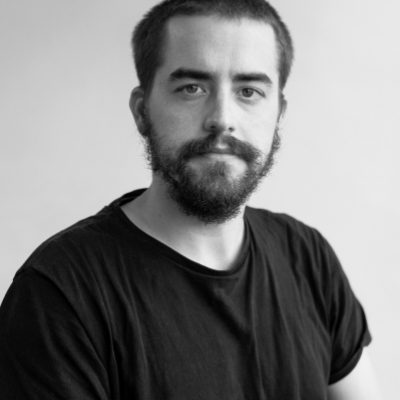Osman Ural

Senior Urban Planner at Skidmore, Owings & Merrill (SOM), Dubai, United Arab Emirates
Education:
Bachelor of Art in Architecture, UNC Charlotte (2011)
Master of Science in Urbanism, Delft University of Technology (2019)
“I am very thankful for the time spent at the SoA,” Osman says. “The architecture program provided me a new lens to see the world through, which forever changed the way I perceived the built environment. The architecture program gave me the “red pill,” and allowed me to see the coding behind this matrix that we all live in. Buildings transformed from monolithic objects into multi-layered languages of façade details and connections that come together in orchestrated ensembles of brick, concrete, steel, and wood. As my professors challenged me, and my design education progressed, these static organizations of architecture eventually came to life right in front of my eyes. Once I graduated, I left the school with a solid foundation that would empower me to become the designer I am today.
The architecture program at the SoA acted like a pressure cooker that immersed me into the culture of design, which gave me the basic tools, vocabulary, mindset, and ability to learn about the various processes and steps that generate the built environment. Essentially, the school gave me a flexible framework that I would fill with the various projects, competitions, and other experiences throughout my career. This process of collecting and filtering ideas will continue to enhance my abilities as an architect / urban designer as I progress forward through my career.”
Check out memories from his time at SoA below.
Work Samples
A New Square Deal For the Soul of East Harlem
Date Completed: 07/05/2019 | Credit: TU Delft
Countering the ill effects of gentrification in New York City by creating a transformational framework that would help protect the disenfranchised inhabitants of social housing projects in East Harlem.
The Heroes of Kaş Monument
Date Completed: 03/01/2021 | Credit: Studio Osmoz
The Heroes Monument of Kaş provides a unique opportunity to not only pay respect to soldiers who went above and beyond to preserve their homeland, but to activate, connect, and enhance existing circulation flows by providing a public space that could potentially transform the marina from a piece of infrastructure to an attractive waterfront for many peoples to interact with. Therefore, the motivation for the proposal of this memorial should be to create a multifunctional human scale intervention that is designed around the experience of the user. As a memorial, it is vital that the design informs visitors that war is a struggle to preserve peace and defend the lives of their countryman. It was this motivation that allowed them to perform deeds that went above and beyond their duties to protect the sanctity of life, elevating them to become the heroes they are recognized as today. In order to understand this message, visitors are invited to not only learn about their heroic moments, but to also respect them as human beings and reflect what it means to put your life in harms way to protect the people you love. To achieve these goals, the memorial should perform as both a sculpture and a pavilion that invites users to both interact with it and evoke memories. By designing an experience, rather than a statue, visitors are motivated to interact with the memorial and understand the significance of both the location and the actions of our two heroes.